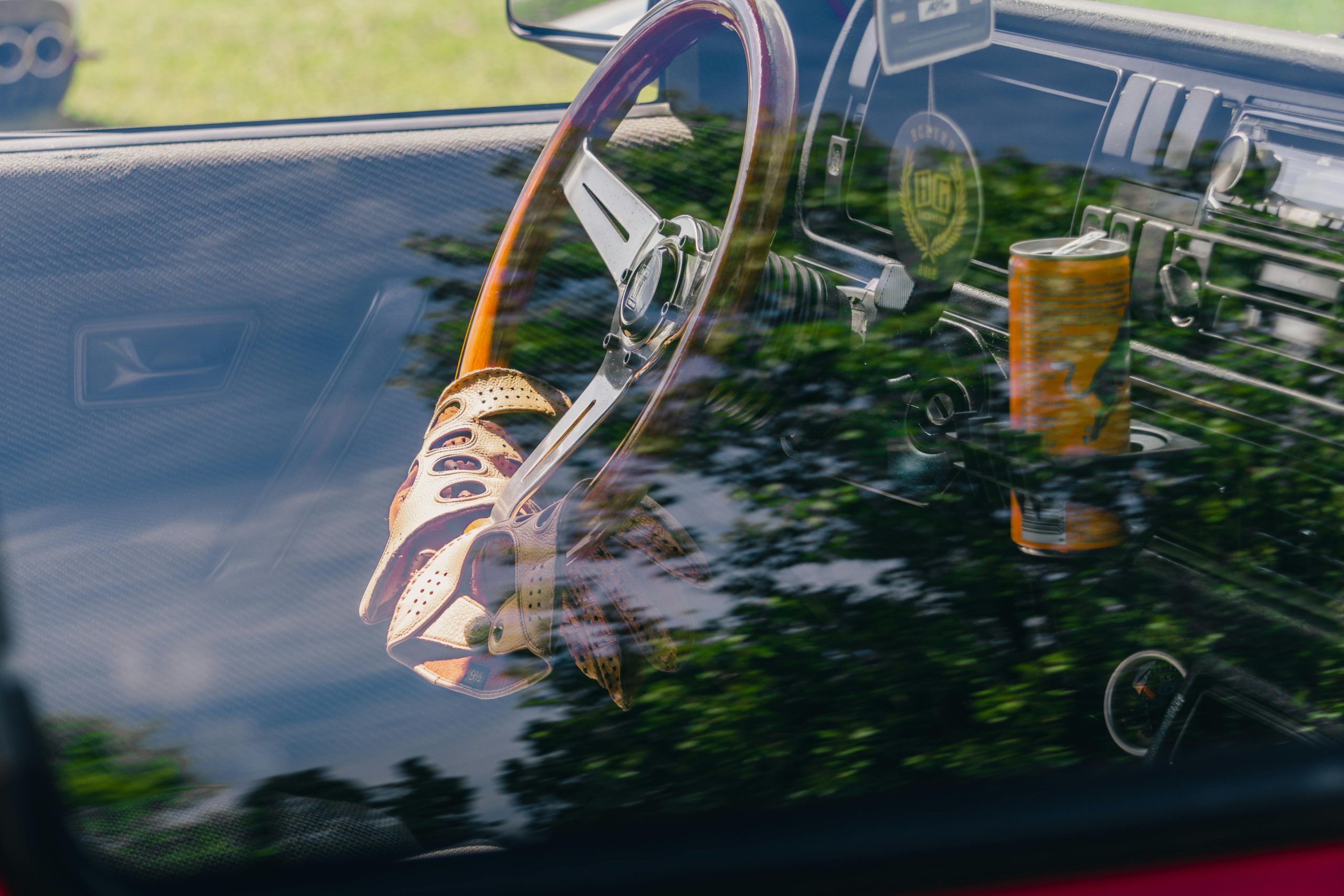Troubleshooting Access Issues with an Old Seagate IDE Hard Drive
Are you experiencing difficulties accessing an old Seagate IDE hard drive? You’re not alone in this. Recently, while trying to retrieve data from a vintage Seagate hard drive, I encountered a frustrating issue. The hard drive, connected via a standard IDE adapter, was recognized by my computer. However, when attempting to access it, I faced a prolonged loading time followed by an error message stating, “D: is not accessible. The parameter is incorrect.”
Potential Causes of the Issue
This situation left me puzzled. Is it a result of the hard drive’s age, or could the adapter be the culprit? After further inspection, I noticed a significant concern: one of the pins—specifically, the bottom left pin of the 44-pin connector—was broken off. This raises several questions about the possible impact of this damage on the drive’s performance.
Seeking Assistance
If anyone has encountered a similar dilemma or possesses expertise in dealing with older hard drives, your insights would be invaluable. This particular hard drive holds sentimental value, containing precious photographs and videos of moments shared with a loved one who is no longer with us. The desire to recover these memories and secure them is incredibly strong.
If you have any advice or suggestions on how to tackle this issue, I would greatly appreciate your input. Whether it’s troubleshooting techniques or recommendations for data recovery services, any help would be a step closer to salvaging these treasured files. Thank you for your assistance!
Share this content:




Re: Troubleshooting Access Issues with an Old Seagate IDE Hard Drive
Hi,
Dealing with vintage IDE hard drives can be challenging, especially when physical damage like broken pins is involved. The broken bottom left pin on the 44-pin connector can interfere with proper communication between the drive and your IDE controller, potentially leading to issues like “parameter is incorrect” errors.
Here are some steps you might consider: